Table of Contents[Hide][Show]
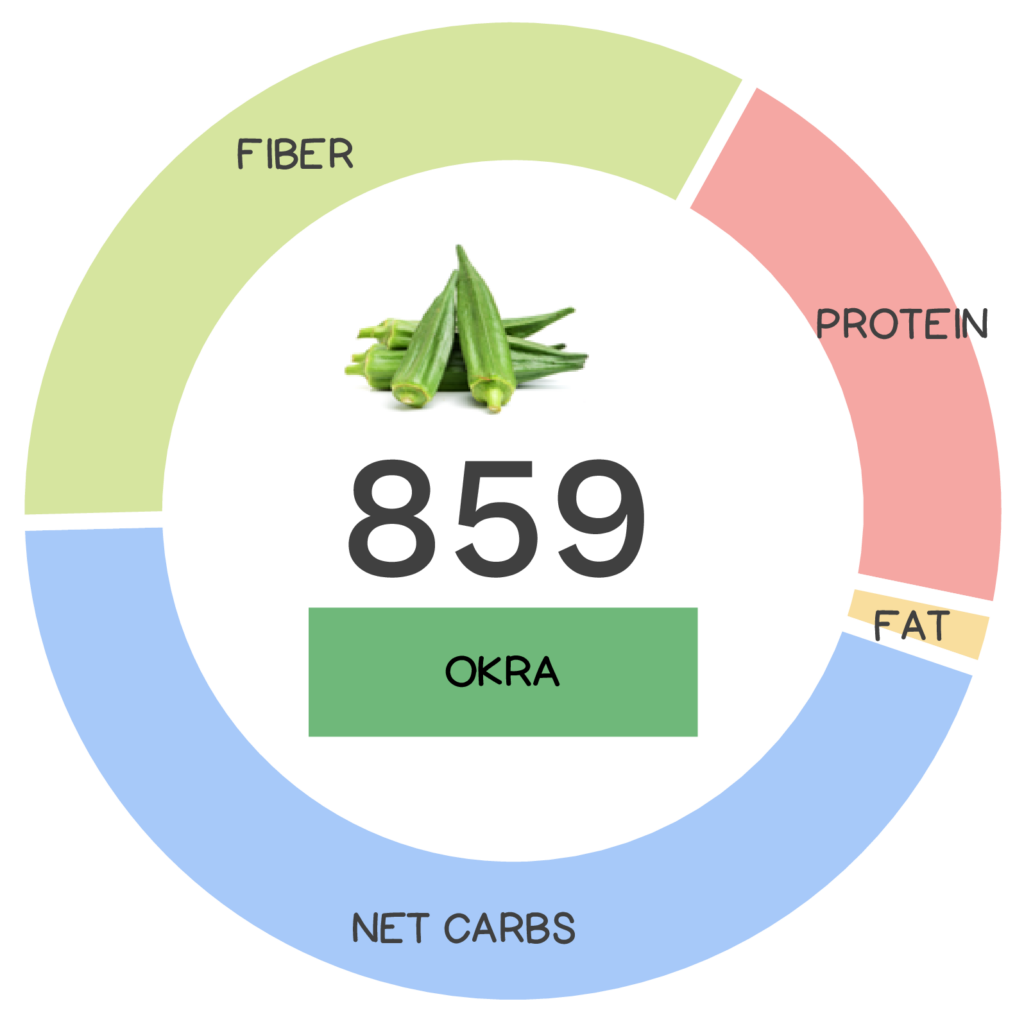
Okra is an oddball veggie, not belonging to any specific broad plant family. It is a staple of Caribbean, Indian, South American, and West African foods, and is synonymous with Southern United States cuisine. Due to its long, slender shape, this fruit, consumed as a veggie, also goes by the name “lady’s fingers.”
Okra is famous for being mucilaginous – the slimy, gelatinous, thickening characteristic of cooked okra, which is key in gumbo.
A member of the Malvaceae or mallow family of flowering plants, okra (Abelmoschus esculentus) is closely related to a wide variety of plants including cotton, cacao, durian, hollyhock, and hibiscus – which is no surprise given the beautiful flowers of this plant. In fact, Louis XIV grew okra ornamentally in his gardens at Versailles! The plant is believed to have originated in West Africa, Ethiopia, or South Asia before being introduced into North America in the early 18th century. Among one of the world’s most drought and heat tolerant species, it can grow quite tall, reaching heights over 6 feet (2 meters), with new pods growing daily and each plant producing up to 100 pods. In fact, it is said that okra grows so quickly you can see it growing right in front of your eyes! Each edible green seed pod has fuzzy skin and is filled with round, white, edible seeds. This culinary veggie is most famous for its mucilaginous properties, which is just a fancy way of saying that when cut and cooked it swells up and becomes gelatinous and gooey in consistency. Other foods with this property include chia seeds, flaxseeds, and agar agar. This slimy, thickening characteristic of cooked okra is why it is a key ingredient in gumbo, which is by far okra’s biggest claim to fame. (In fact, gumbo is Swahili for okra!) Interestingly, young okra leaves can be eaten in a manner similar to beet greens and okra seeds can be roasted and ground to create a caffeine-free coffee substitute. Given it’s versatility, it’s certainly worth getting your hands on these “fingers” – this is one food that is definitely not “medi-okra.” (Groan!)
Nutrivore Score for Okra – 859

Okra has a Nutrivore Score of 859, making it a super nutrient-dense food! Plus, it is a low-carb and low-calorie-density food; the calorie count of okra is 33 calories per cup!
Per serving, okra is an excellent source (20-50% daily value) of manganese, polyphenols, vitamin B7 (biotin), vitamin C, and vitamin K; and a good source (10-20% daily value) of copper, dietary fiber, magnesium, vitamin B1 (thiamin), vitamin B6 (pyridoxine), and vitamin B9 (folate).
Ditch Diets. Embrace Nutrients. Start with this FREE Guide.
Sign up for the free Nutrivore Newsletter, your weekly, science-backed guide to improving health through nutrient-rich foods — without dieting harder —and get the Beginner’s Guide to Nutrivore delivered straight to your inbox!

Okra Nutrition Facts
One serving of okra is standardized to 1 cup or about 100 grams (3.5 ounces), which is approximately equivalent to 8 pods (3 inches long). When you boil okra pods, their volume remains relatively consistent. However, when you cook sliced okra it reduces in volume: 1 cup raw okra slices is roughly equivalent to a little less than 2/3 cup boiled okra slices.
Okra Nutrition Facts Per Serving
| Okra, raw | Nutrivore Score: 859 | Nutrient Density: Super! |
|---|---|---|
| Serving Size: 1 cup (100 grams) | Protein: 1.9 grams | Net Carbohydrates: 4.3 grams |
| Calories: 33 | Total Fat: 0.2 grams | Dietary Fiber: 3.2 grams |
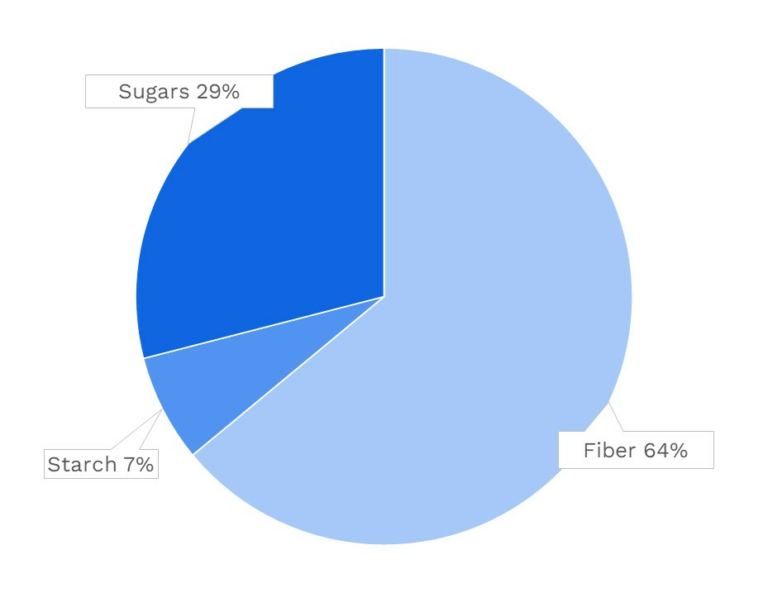
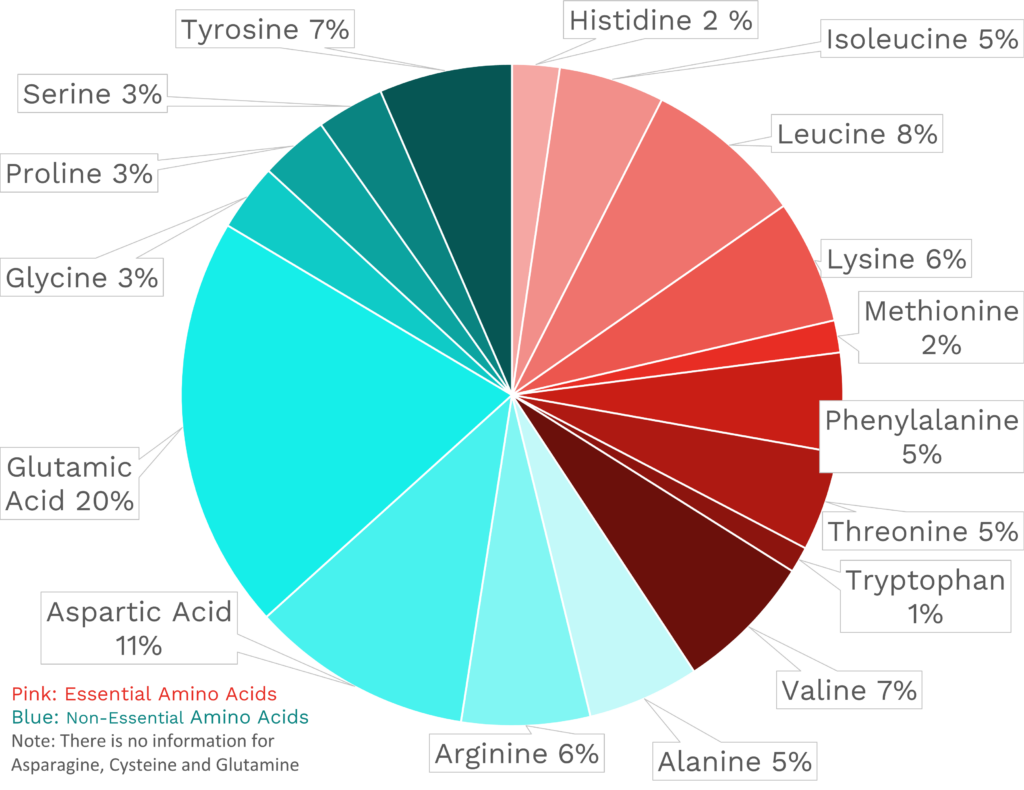
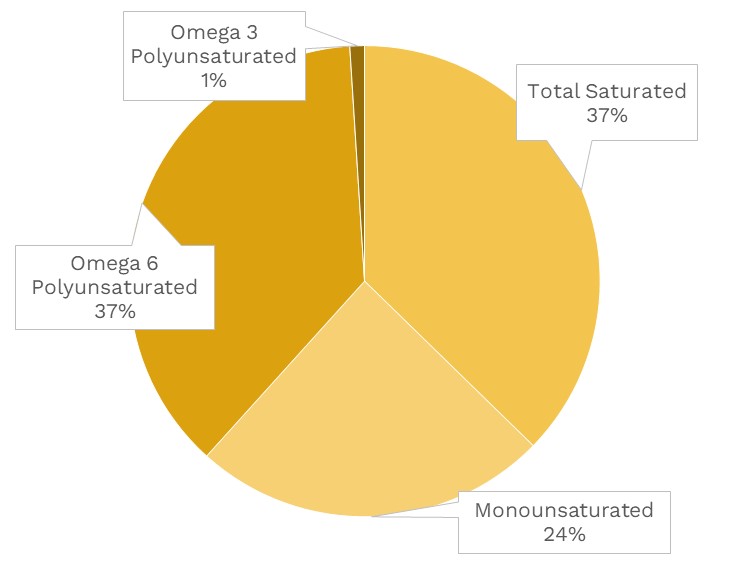
| VITAMINS | ||
|---|---|---|
| Vitamin A | 36.0 μg RAE | 4% DV |
| Vitamin B1 (Thiamin) | 200.0 μg | 17% DV |
| Vitamin B2 (Riboflavin) | 60.0 μg | 5% DV |
| Vitamin B3 (Niacin) | 1.0 mg | 6% DV |
| Vitamin B5 (Pantothenic Acid) | 0.2 mg | 5% DV |
| Vitamin B6 (Pyridoxine) | 215.0 μg | 13% DV |
| Vitamin B7 (Biotin) | 6.0 μg | 20% DV |
| Vitamin B9 (Folate) | 60.0 μg | 15% DV |
| Vitamin B12 (Cobalamin) | 0.0 μg | 0% DV |
| Vitamin C | 23.0 mg | 26% DV |
| Vitamin D (D2 + D3) | 0.0 μg | 0% DV |
| Vitamin E | 0.4 mg | 3% DV |
| Vitamin K | 31.3 μg | 26% DV |
| Choline | 12.3 mg | 2% DV |
| Myo-Inositol | 33.0 mg | ~ |
| CoQ10 | ~ | ~ |
| FUNCTIONAL FATS | ||
|---|---|---|
| MUFA | 0.0 g | 0% DV |
| ALA | 1.0 mg | 0% DV |
| EPA + DHA | 0.0 mg | 0% DV |
| CLA | ~ | ~ |
| Linoleic Acid | 0.0 g | 0% DV |
| MCT’s | 0.0 g | ~ |
| MINERALS | ||
|---|---|---|
| Calcium | 82.0 mg | 6% DV |
| Copper | 109.0 μg | 12% DV |
| Iodine | ~ | ~ |
| Iron | 0.6 mg | 3% DV |
| Magnesium | 57.0 mg | 14% DV |
| Manganese | 788.0 μg | 34% DV |
| Phosphorus | 61.0 mg | 5% DV |
| Potassium | 299.0 mg | 6% DV |
| Selenium | 0.7 μg | 1% DV |
| Sodium | 7.0 mg | 0% DV |
| Zinc | 0.6 mg | 5% DV |
| PHYTONUTRIENTS | ||
|---|---|---|
| Carotenoids | 723.0 μg | ~ |
| Polyphenols | 234.5 mg | ~ |
| Phytosterols | ~ | ~ |
| Glucosinolates | ~ | ~ |
| Thiosulfinates | ~ | ~ |
| Betalains | ~ | ~ |
| AMINO ACIDS & PEPTIDES | ||
|---|---|---|
| Taurine | ~ | ~ |
| Ergothioneine | ~ | ~ |
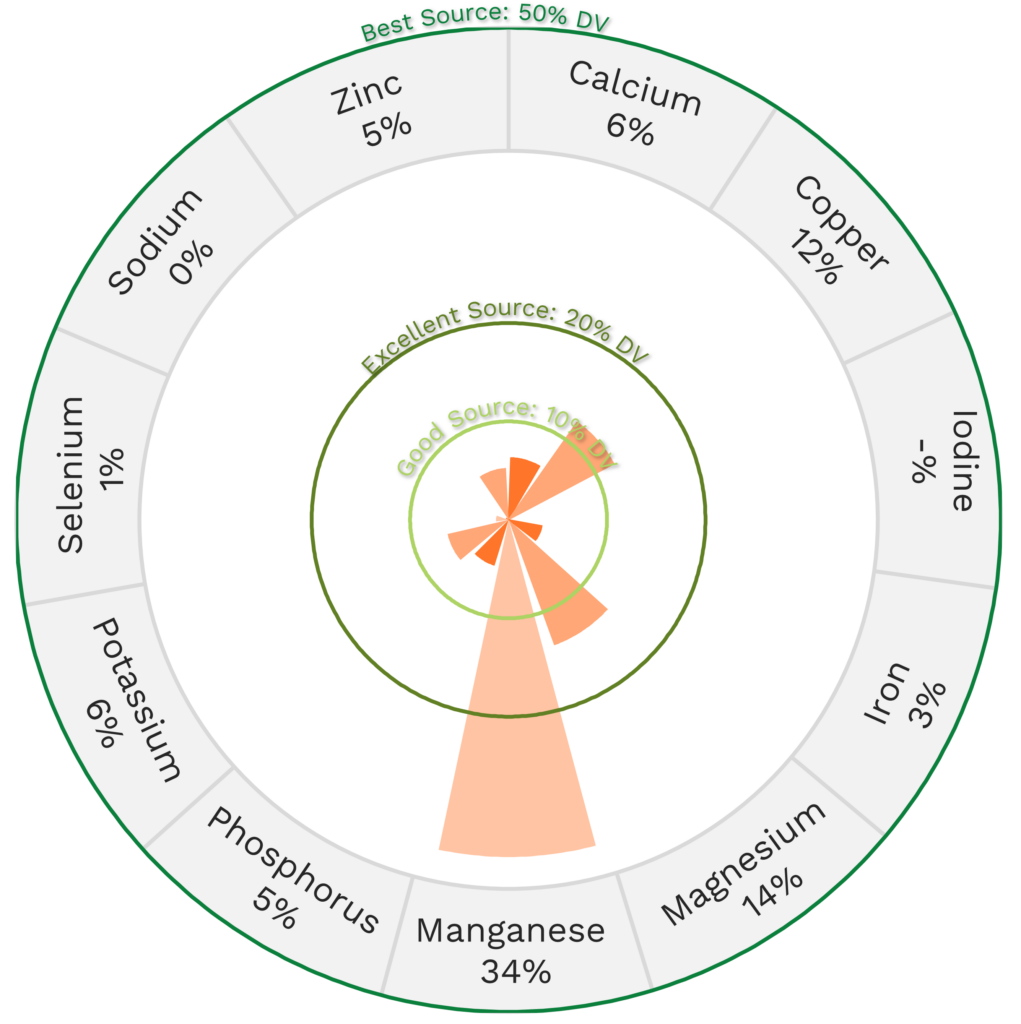

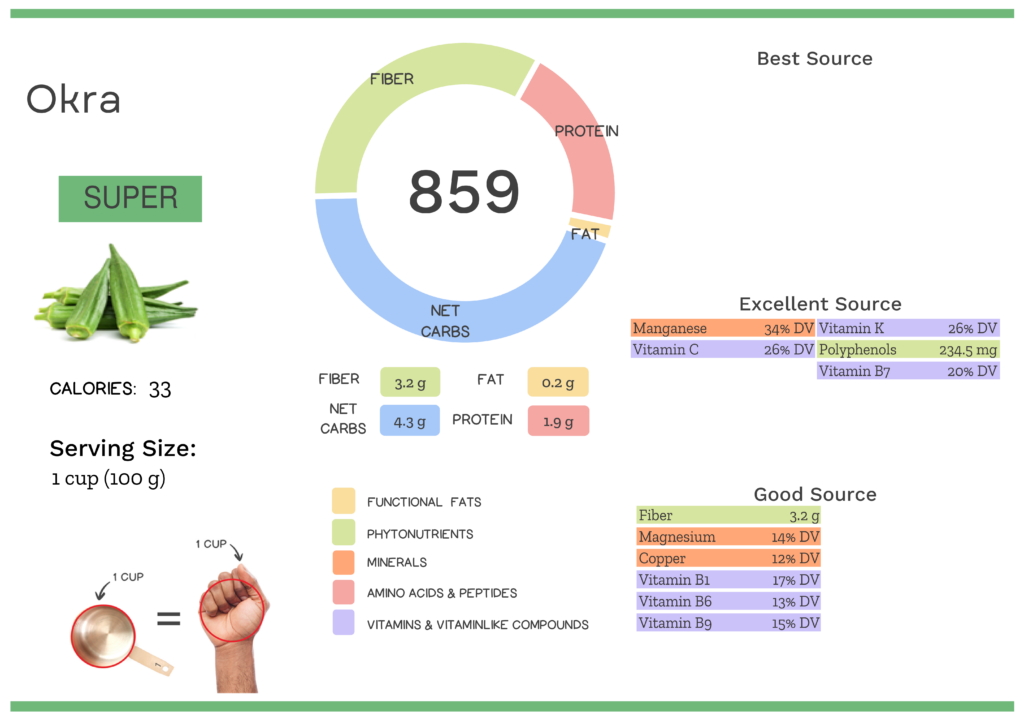
Okra Nutrition Varies With Cooking and Processing
The Nutrivore Score of okra varies based on processing and method of preparation. Frozen, canned, and jarred okra is conveniently available year-round at many grocery stores.
| NUTRIVORE SCORE | |
|---|---|
| Okra, cooked, boiled, drained, with salt | 941 |
| Okra, cooked, boiled, drained, without salt | 941 |
| Okra, frozen, unprepared | 906 |
| Okra, frozen, cooked, boiled, drained with salt | 841 |
| Okra, frozen, cooked, boiled, drained, without salt | 841 |
| Okra, raw | 859 |
Surprised that okra is THAT nutritious? Maybe your friends will be too!
Health Benefits of Okra Nutrients
Let’s take a closer look at all of the best and excellent source of nutrients found in a 1-cup serving of okra and see how they benefit our health.
Okra Provides 34% DV Manganese
Okra is an excellent source of manganese, providing 34% of the daily value per 1-cup serving!
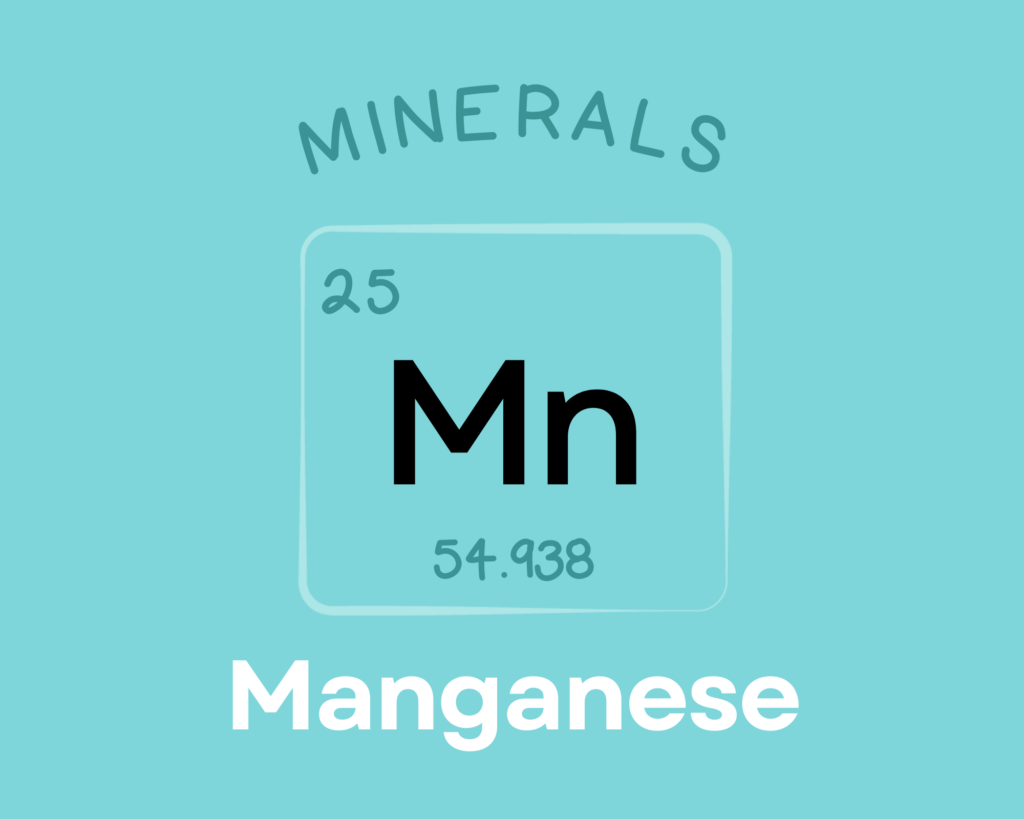
Manganese is an essential mineral that serves as a cofactor and component of numerous enzymes. Through these roles, it’s involved in carbohydrate metabolism, amino acid synthesis, gluconeogenesis, detoxification, lipid processing, free radical defense, bone and collagen formation, and wound healing. Although the research so far is limited, some evidence suggests that manganese can protect against osteoporosis and diabetes, and may even be involved in seizure disorders. Learn more about manganese here.
Okra Provides 234.5 mg of Polyphenols
Okra is also an excellent source of polyphenols, providing 234.5 mg of polyphenols per 1-cup serving!
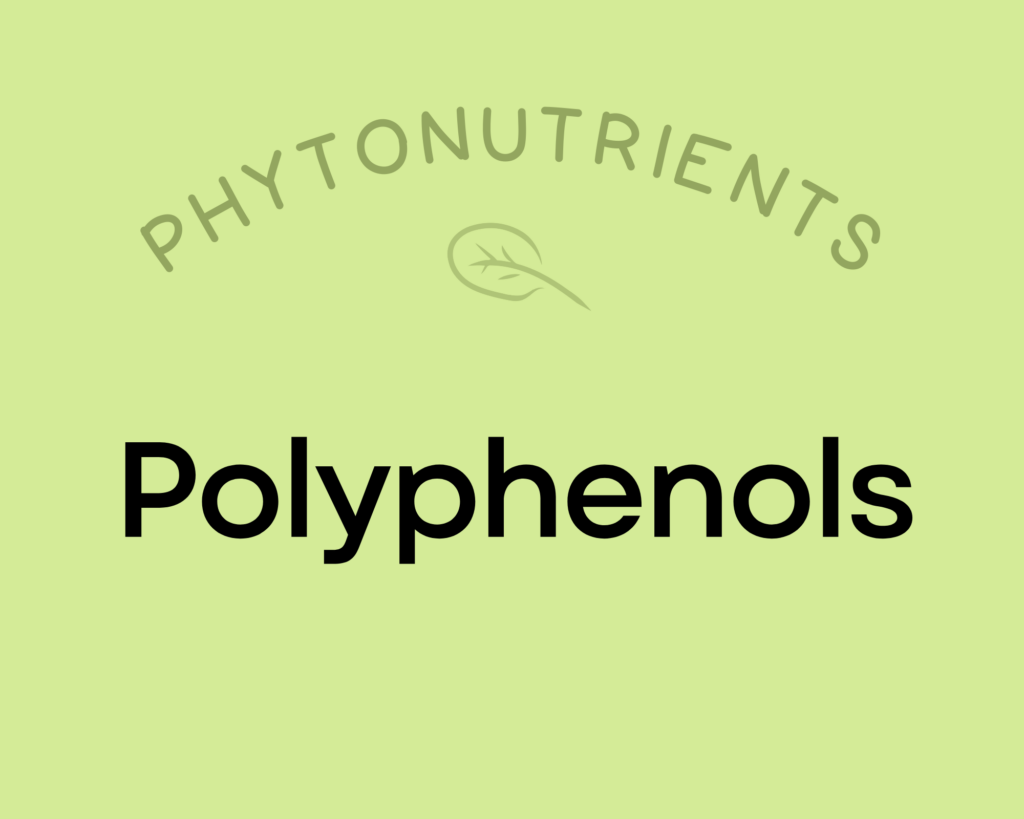
Polyphenols play a huge role in protecting against cancer, heart disease, diabetes, asthma, osteoporosis, neurodegenerative diseases, and other conditions associated with oxidative stress. In fact, a major reason foods like red wine and olive oil (as well as diets rich in both, such as the Mediterranean diet) show up as so beneficial may be due to their high polyphenol content! Along with chronic diseases, supplementing with polyphenols has been shown to protect against infections and reduce the signs of aging. Polyphenols exert their most potent effects by acting as antioxidants—preventing cellular damage by neutralizing hazardous oxygen radicals and improving cellular health as a result (which, in turn, benefits virtually every system in the body). As a result of their antioxidant properties, polyphenols also boost the immune system and protect against both chronic and acute diseases. In addition, polyphenols can help regulate enzyme function, stimulate cell receptors, modulate the functions of inflammatory cells (including T and B lymphocytes, macrophages, platelets, and natural killer cells), alter adhesion molecule expression, affect nerve cells and cardiac muscle cells, and exert antiviral effects. Learn more about polyphenols here.
Okra Provides 26% DV Vitamin C
Okra is an excellent source of vitamin C, providing 26% of the daily value per 1-cup serving!
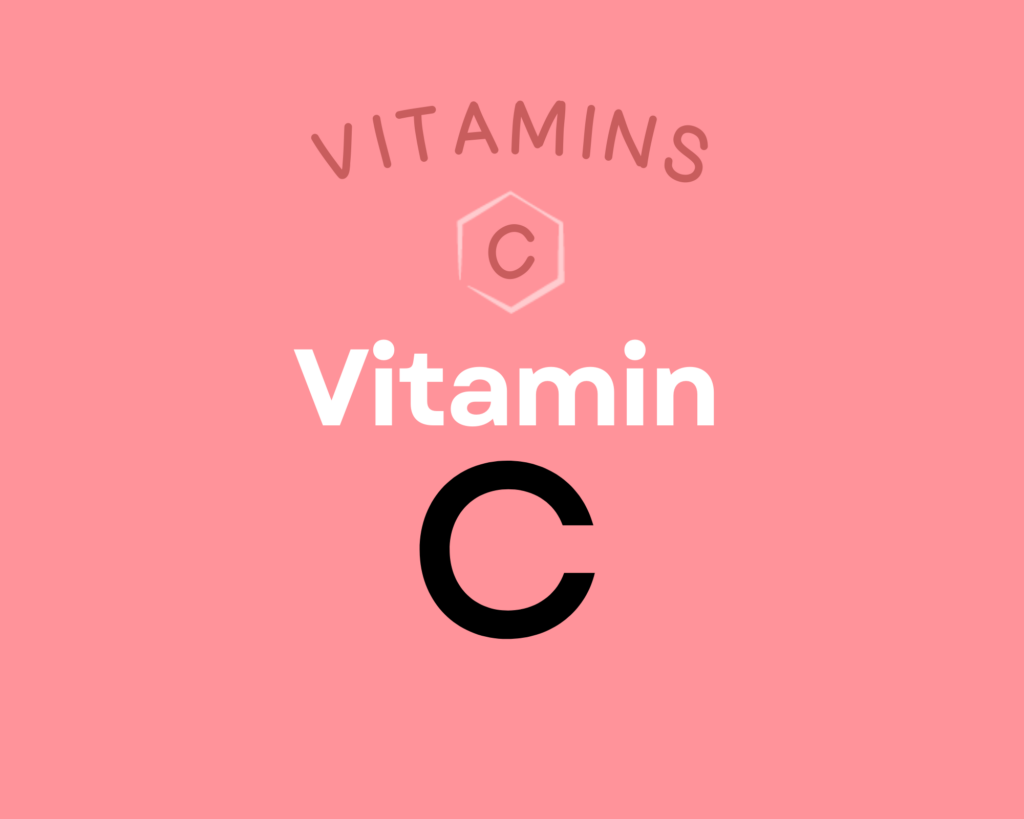
Vitamin C is a water-soluble vitamin that has powerful antioxidant properties (meaning it can help combat oxidative damage from free radicals and reactive oxygen species) and that serves as an enzyme cofactor (meaning it’s needed for enzymes to do their job, for example vitamin C is necessary for collagen synthesis, which is essential for bones, joints, teeth, blood vessels, skin and eyes) and playing important roles in immune system and skin health. Higher intakes of vitamin C are linked to reduced risk of heart disease, some forms of cancer, type 2 diabetes, cataracts, age-related macular degeneration, and gout. Vitamin C can also help regulate the stress response and reduce anxiety, and there’s preliminary evidence that it may also help prevent Alzheimer’s disease. Learn more about vitamin C here.
Okra Provides 26% DV Vitamin K
Okra is also an excellent source of vitamin K, providing 26% of the daily value per 1-cup serving!
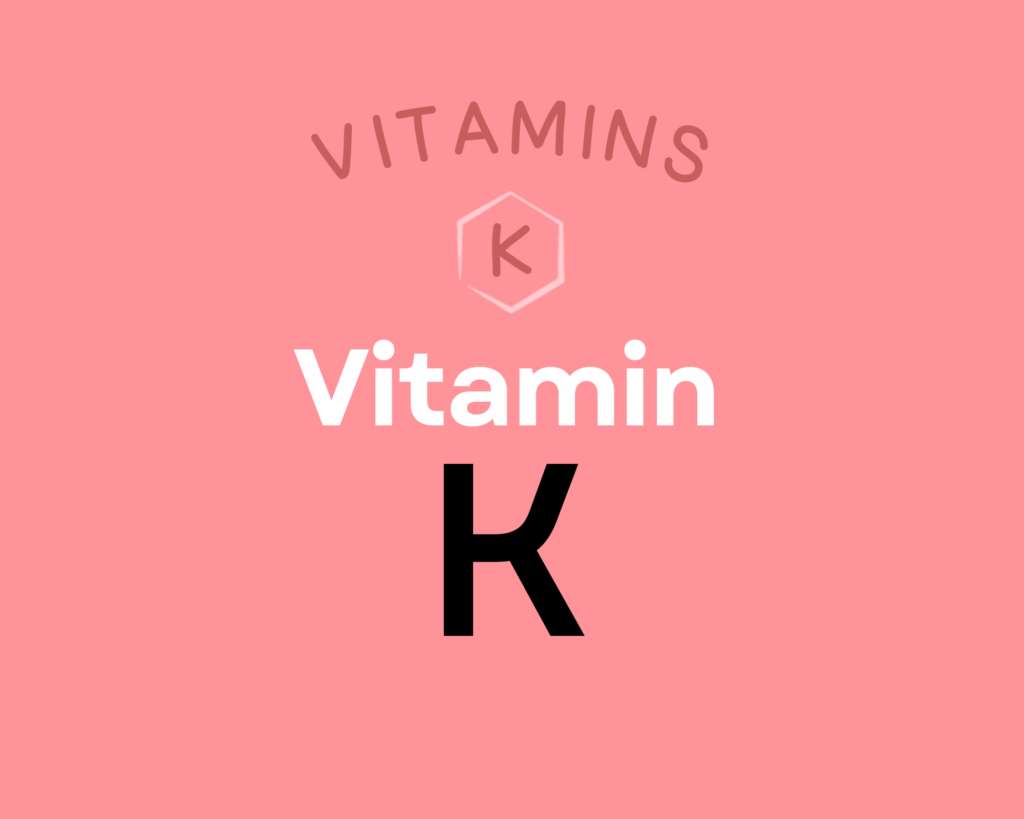
Vitamin K is actually a group of fat-soluble vitamins with a similar molecular structure, existing as K1, multiple isoforms of K2, and the synthetic form K3. This nutrient plays a vital role in coagulation, due to serving as a cofactor for proteins needed for blood clotting; it’s also essential for bone metabolism, cellular function, and the prevention of soft tissue calcification. Getting enough vitamin K2 can help protect against cardiovascular disease, may improve bone mineral density and skeletal health, and may even support endocrine function and brain health; there’s also some limited evidence it has anti-cancer and anti-inflammatory properties. Learn more about vitamin K here.
Okra Provides 20% DV Vitamin B7 (Biotin)
Okra is an excellent source of vitamin B7 (biotin), providing 20% of the daily value per 1-cup serving!
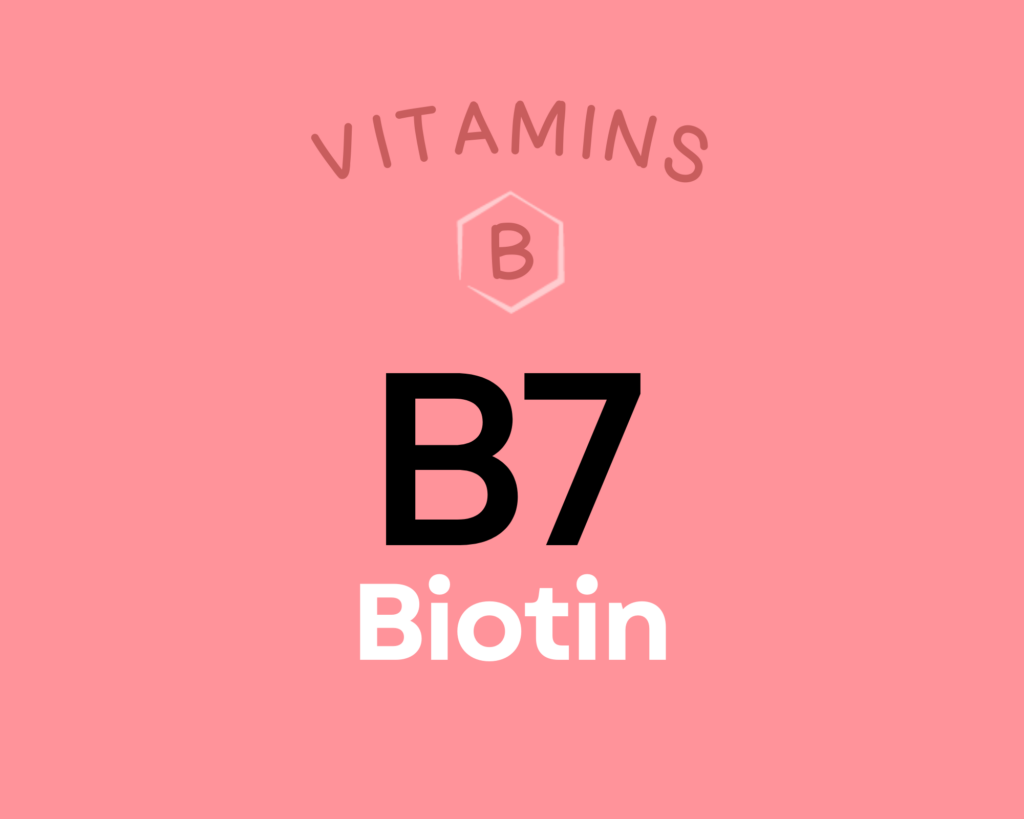
Biotin is a water-soluble B vitamin, also known as vitamin B7. Like other B vitamins, it plays an important role in energy metabolism (serving as a coenzyme for five carboxylase enzymes), neurotransmitter production, cellular function, and the function of various organs. Getting enough biotin can help support healthy nail and hair growth. It’s also particularly important during pregnancy, with low intakes increasing the risk of premature delivery and birth defects. There’s even some evidence biotin can benefit diabetics and reduce functional disabilities in people with multiple sclerosis. Learn more about biotin here.
Want to know the top 500 most nutrient-dense foods?
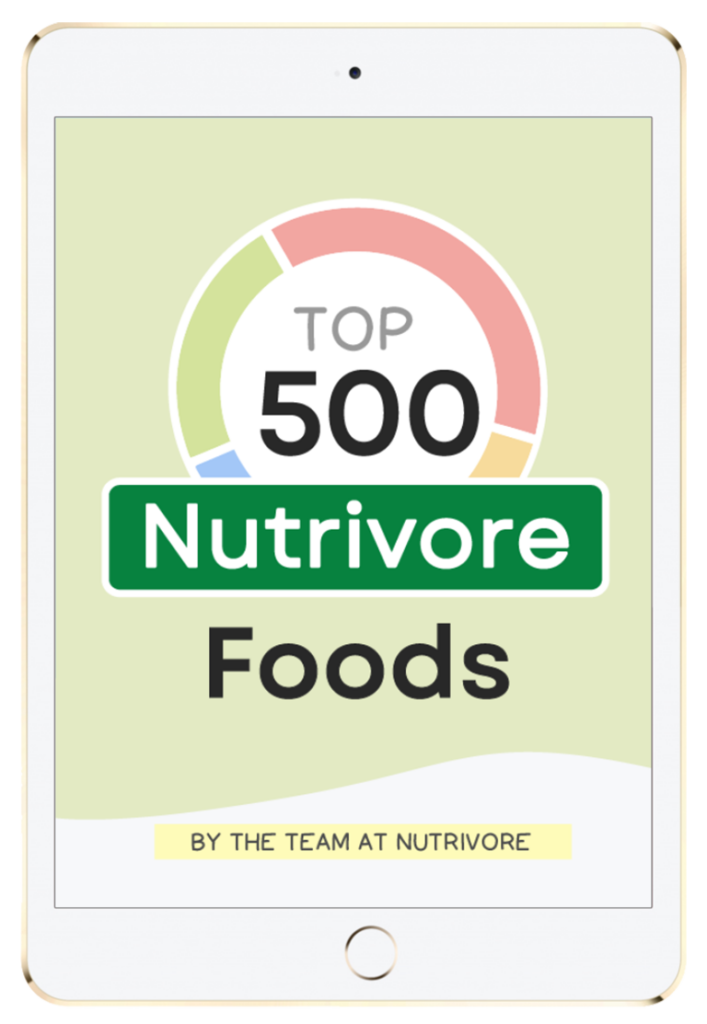
Top 500 Nutrivore Foods
The Top 500 Nutrivore Foods e-book is an amazing reference deck of the top 500 most nutrient-dense foods according to their Nutrivore Score. Think of it as the go-to resource for a super-nerd, to learn more and better understand which foods stand out, and why!
If you are looking for a quick-reference guide to help enhance your diet with nutrients, and dive into the details of your favorite foods, this book is your one-stop-shop!
Buy now for instant digital access.
How Much Okra Should We Eat Per Day?
This odd, yet versatile veggie, unique in appearance and famous for its characteristic slimy texture, is also great for our health!
Every serving of fresh, whole vegetables or fruit we eat daily reduces the risk of all-cause mortality by 5% to 8%, with the greatest risk reduction seen when we consume five or more servings per day. In fact, consuming 800 grams of vegetables and fruits daily reduces all-cause mortality by 31% compared to eating less than 40 grams daily. A 2017 meta-analysis showed that 2.24 million deaths from cardiovascular disease, 660,000 deaths from cancer, and 7.8 million deaths from all causes could be avoided globally each year if everyone consumed 800 grams of veggies and fruits every day.
Eating vegetables and fruit in abundance lowers risk of cancer, cardiovascular disease, type 2 diabetes, obesity, chronic kidney disease, osteoporosis and bone fragility fractures (including hip fracture), cognitive impairment and dementia (including Alzheimer’s disease), neurodegenerative diseases, asthma, allergies, chronic obstructive pulmonary disease, age-related macular degeneration, cataracts, glaucoma, depression, ulcerative colitis and Crohn’s disease, rheumatoid arthritis, inflammatory polyarthritis, non-alcoholic fatty liver disease, acne, seborrheic dermatitis, and lowers markers of inflammation. Learn more in Importance of Vegetables and Fruit.
Covering half of your plate with a variety of vegetables (and three quarters of your plate if your starchy food is a root vegetable or winter squash) at each meal is a simple way to easily achieve the goal of 5 or more servings of vegetables daily.
Across a variety of studies, okra and its components (such as okra lectin and okra polysaccharides) have been shown to reduce total cholesterol and triglyceride levels, strongly bind with bile acids, induce cell death of melanoma and breast cancer cells, and reduce blood sugar levels (possibly by decreasing the absorption of sugar in the GI tract).
It’s always best to mix up the veggies you eat day to day (aiming for a wide variety of different vegetables and fruits throughout the week), and okra definitely has a place at the table.
Easily track your servings of Nutrivore Foundational Foods!

The Nutrivore Weekly Serving Matrix
The Nutrivore Weekly Serving Matrix digital resource is an easy-to-use and flexible weekly checklist designed to help you maximize nutrient-density and meet serving suggestions of Nutrivore foundational foods, all without having to weigh or measure your foods!
Includes a 22-page instructional guide and downloadable interactive guides.
Buy now for instant digital access.
cITATIONS
Expand to see all scientific references for this article.
Clements RS Jr, Darnell B. Myo-inositol content of common foods: development of a high-myo-inositol diet. Am J Clin Nutr. 1980 Sep;33(9):1954-67. doi: 10.1093/ajcn/33.9.1954. PMID: 7416064.
Huang Z, Wang B, Eaves DH, Shikany JM, Pace RD. Total phenolics and antioxidant capacity of indigenous vegetables in the southeast United States: Alabama Collaboration for Cardiovascular Equality Project. Int J Food Sci Nutr. 2009 Mar;60(2):100-8. doi: 10.1080/09637480701605715. PMID: 17886092. Forma
USDA Food Central Database: Okra, raw
Watanabe T, Kioka M, Fukushima A, Morimoto M, Sawamura H. Biotin content table of select foods and biotin intake in Japanese. Int J Anal Bio-Sci. 2014. Vol 2(4):109-125.


